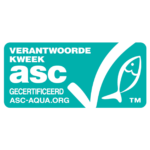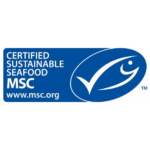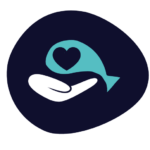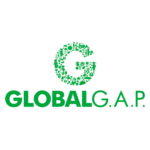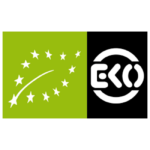European hake
Atlantic Ocean, north-east (FAO 27)
Deelgebieden: Skagerrak and Kattegat
Scottish seining, Danish seine, Bottom otter trawl, Trammel nets, Demersal longlines, Gillnets
- Jan
- Feb
- Mar
- Apr
- May
- Jun
- Jul
- Aug
- Sep
- Oct
- Nov
- Dec
The northern stockStock:
The fish of a particular species reproducing in the same area in the same period. of European hake has been heavily overfishedOverfished:
A stock is overfished when the stock size has decreased so far that it can no longer produce a maximum sustainable yield. The size of the fish populations is insufficient to reproduce in the long term. in the past but is reacting well to the recovery plan. Since this plan has been implemented in 2004, the stock has grown, and the fishing pressureFishing pressure:
Fishing pressure is a result of the fishing effort/amount of fishing on a stock, which determines the fishing mortality. Fishing mortality is the share of the fish stock that dies annually as a result of fishing. has heavily decreased. The stock peaked in 2013 and is amply within safe biological limits. Several fisheries on hake are MSC-certifiedMSC Certified:
Fisheries that comply with the Marine Stewardship Council assessment criteria and are certified. Fish products with the blue MSC label are caught by sustainable fisheries.. These fisheries use demersalDemersal otter trawls:
A technique in which conical nets are dragged over the ground and are held open by large, square 'otter planks'. The planks also work as a plough, in which fish are hunted into the nets. otter trawls, DanishDanish seines:
A fishing technique whereby one of the lines of the seine net/pit net is anchored. The ship expands the net with a moving motion and turns off when picking up the net. seines, ScottishScottish seines:
A fishing technique whereby a net with a long line (the seagulls) is pulled through the water on both sides. The ship is slowly steaming forward when getting in. Also called flyshooting seines, longlinesLonglines (drifting):
A fishing method whereby a long main line (40-100 km long) with transverse lines with hooks with bait is expanded. The line floats on buoys in the water column. , gillnetsGillnets:
A fishing technique whereby passing fish get caught in the meshes with their gills. The net stands vertically on the bottom or hangs on buoys in the water column. The by-catch of species such as porpoises and dolphins is a problem related to gillnets. and trammelTrammel:
A trammel consists of three interconnected nets standing upright in the water. The outer net has a wide mesh and the inner nets have thin nets. nets.
Fish in season
Fish is in season when the spawning period has ended, as the quality is then at its best.
